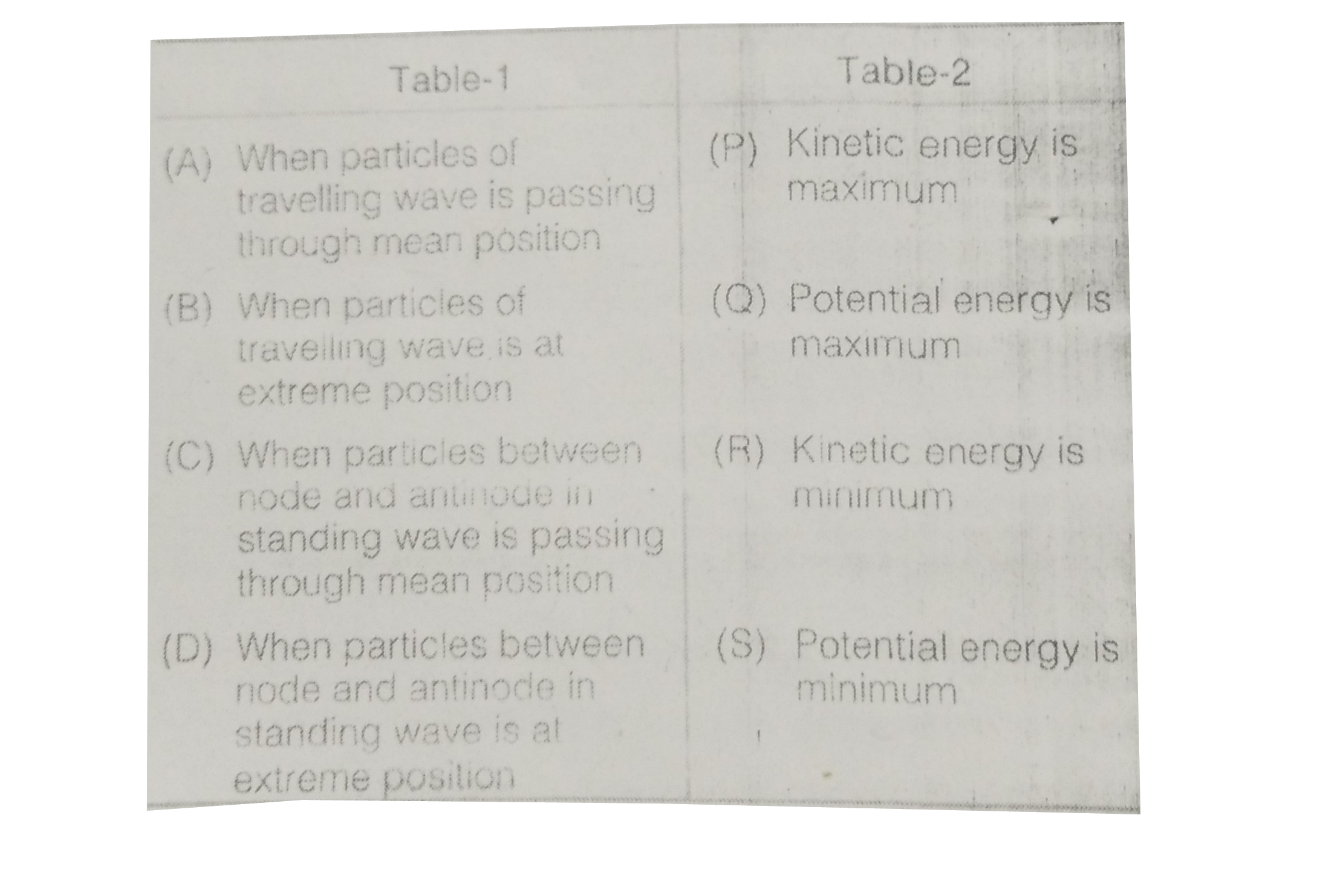The corrent schrodger wave equation for an electron with E as total energy and V as potential energy is
d2ψdx2+d2ψdy2+d2ψdz2+8π2mk2(E−V)ψ=0
d2ψdx2+d2ψdy2+d2ψdz2+8πmh2(E−V)ψ=0
d2ψdx2+d2ψdy2+d2ψdz2+8π2mh2(E−V)ψ=0
d2ψdx2+d2ψdy2+d2ψdz2+8πm2h(E−V)ψ=0
To derive the correct Schrödinger wave equation for an electron with total energy E and potential energy V, we can follow these steps:
Step 1: Understand the Hamiltonian
The Hamiltonian H for a quantum system is given by the sum of the kinetic energy T and the potential energy V:
H=T+V
Step 2: Express Kinetic Energy
The kinetic energy T of a particle can be expressed in terms of momentum p as:
T=p22m
where m is the mass of the electron.
Step 3: Substitute Momentum Operator
In quantum mechanics, the momentum operator p in one dimension can be represented as:
px=−iℏ∂∂x
where ℏ=h2π (with h being Planck's constant). Therefore, the kinetic energy operator becomes:
T=−ℏ22m∂2∂x2
Step 4: Write the Hamiltonian Operator
In three dimensions, the Hamiltonian operator can be expressed as:
H=−ℏ22m(∂2∂x2+∂2∂y2+∂2∂z2)+V
Step 5: Apply the Schrödinger Equation
According to the time-independent Schrödinger equation:
Hψ=Eψ
Substituting the Hamiltonian into this equation gives:
(−ℏ22m∇2+V)ψ=Eψ
where ∇2 is the Laplacian operator.
Step 6: Rearranging the Equation
Rearranging the equation leads to:
−ℏ22m∇2ψ+Vψ=Eψ
This can be rearranged to:
∇2ψ+2mℏ2(V−E)ψ=0
Final Form of the Schrödinger Equation
The final form of the Schrödinger wave equation for an electron with total energy E and potential energy V is:
∇2ψ+2mℏ2(V−E)ψ=0
The Hamiltonian H for a quantum system is given by the sum of the kinetic energy T and the potential energy V:
H=T+V
The kinetic energy T of a particle can be expressed in terms of momentum p as:
T=p22m
where m is the mass of the electron.
In quantum mechanics, the momentum operator p in one dimension can be represented as:
px=−iℏ∂∂x
where ℏ=h2π (with h being Planck's constant). Therefore, the kinetic energy operator becomes:
T=−ℏ22m∂2∂x2
In three dimensions, the Hamiltonian operator can be expressed as:
H=−ℏ22m(∂2∂x2+∂2∂y2+∂2∂z2)+V
According to the time-independent Schrödinger equation:
Hψ=Eψ
Substituting the Hamiltonian into this equation gives:
(−ℏ22m∇2+V)ψ=Eψ
where ∇2 is the Laplacian operator.
Rearranging the equation leads to:
−ℏ22m∇2ψ+Vψ=Eψ
This can be rearranged to:
∇2ψ+2mℏ2(V−E)ψ=0
The final form of the Schrödinger wave equation for an electron with total energy E and potential energy V is:
∇2ψ+2mℏ2(V−E)ψ=0
Topper's Solved these Questions
- ATOMIC STRUCTUREBOOK - CENGAGE CHEMISTRY ENGLISHCHAPTER - ATOMIC STRUCTUREEXERCISE - Exercises (Subjective)
52 Videos
- ATOMIC STRUCTUREBOOK - CENGAGE CHEMISTRY ENGLISHCHAPTER - ATOMIC STRUCTUREEXERCISE - Exercises Linked Comprehension
50 Videos
- APPENDIX - INORGANIC VOLUME 1BOOK - CENGAGE CHEMISTRY ENGLISHCHAPTER - APPENDIX - INORGANIC VOLUME 1EXERCISE - chapter-7 Single correct answer
1 Videos
- CHEMICAL BONDING AND MOLECULAR STRUCTUREBOOK - CENGAGE CHEMISTRY ENGLISHCHAPTER - CHEMICAL BONDING AND MOLECULAR STRUCTUREEXERCISE - Archives Subjective
15 Videos
Similar Questions
Knowledge Check
An artificial satellite moving in a circular orbit around the earth has a total energy E0. Its potential energy is
A−E0BE0C2E0D−2E0
One moving electron when comes closer to other stationary electron, then its kinetic energy and potential energy respectively……and…….
View SolutionAn artificial satellite moving in a circular orbit around the earth has a total energy E0. Its potential energy is
View SolutionKinetic energy of an electron accelerated in a potential difference of 100V is
View SolutionKinetic energy of an electron accelerated in a potential difference of 100V is
View SolutionIf total energy of the same electron is E, then what would be its kinetic energy and potential energy .
View SolutionIf total energy of the same electron is E, then what would be its kinetic energy and potential energy .
View SolutionIn case of mechanical wave a particle oscillates and during oscillation its kinetic energy and potential energy changes.

View Solution
